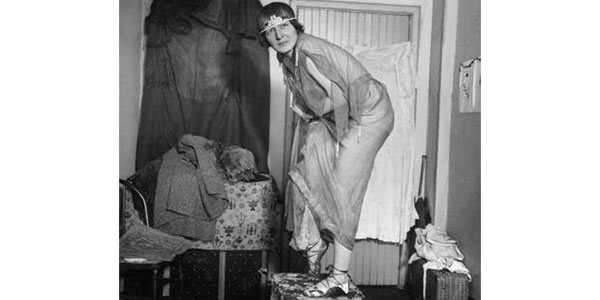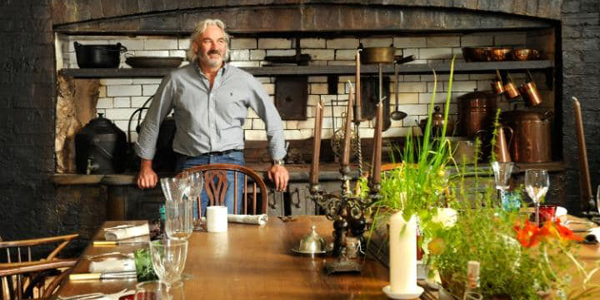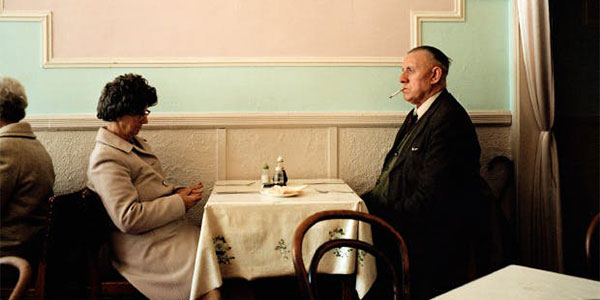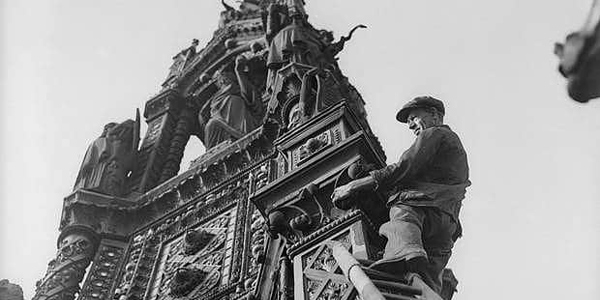You have to imagine the lines that follow in separate fonts to get the full sense of the nonsense in ‘Karawane’, one of Hugo Ball’s ‘verses without words’:
jolifanto bambla ô falli bambla
grossiga m’pfa habla horem
égiga goramen
And it ends not with a bang, but with … ‘ba-umf’. See the original and it’s impossible not to be impressed by the industrial-strength madness of Ball’s absolute certainty.
His poetics of nonsense claimed to drain words of meaning, but quite the opposite effect was achieved. The meaninglessness is itself meaningful: cognition is on an infinite loop. Sense or nonsense, Ball intended to show that ‘this humiliating age has not succeeded in winning our respect’.
So, in the middle of this, our own humiliating age, it’s nice that the centenary of Ball’s Dada movement is being commemorated in a series of events, performances and exhibitions in Zurich. In his novel Flametti, or the Dandyism of the Poor (whose subject is a libidinous circus troupe) Ball cites the ‘laughable impotence’, ‘stupendous smugness’ and ‘self-evident limitedness’ of politics in 1916. If any of this sounds familiar in 2016, it proves that self-destructive Dada actually has enduring values. It was not a style, but a state of mind.









